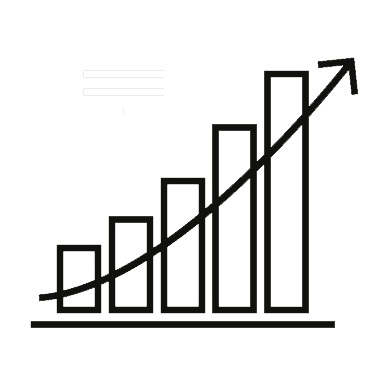
Consulting & Education for loss prevention success.
Our services
Evaluation
Our services begin with understanding the details of the daily workflow and operations of your business. After evaluation, we can begin a plan of action to decrease loss, and thereby increase profit. Our recommendations will be provided with actionable items for management and employees to implement. Our evaluation offerings include…
Building a customized, self-sustaining loss control plan
Onsite inspections with a detailed recommendations report
Claim Advocacy
Training & Education
Success starts at management level. After identifying improvement opportunities, in-person or virtual training is available to aid your management team to put best practices into action.
We provide…
Management Training
Customized Tailgate Trainings
OSHA fine understanding and prevention
Safety Certifications
Implementing or improving safety protocols produces some of the best results in loss prevention. Our team offers a variety of necessary certifications for safety training and OSHA compliance.
CPR Certification
First-Aid Certification
Fall Protection Certification Cal OSHA
Forklift Certification
Scaffold Certification
OSHA Compliant Safety Programs
Federal OSHA 10 & 30 Certifications for General and Construction Industry
Top 10 most frequently cited OSHA Standards
Based on year 2022
Injury and Illness Prevention Program, General Industry
Heat Illness Prevention in Outdoor Places of Employment
Injury and Illness Prevention Program, Construction
Covid-19 Prevention
Reporting Work-Connected Fatalities and Serious Injuries
The Control of Hazardous Energy for the Cleaning, Repairing, Servicing, Setting-Up, and Adjusting Operations of Prime Movers, Machinery and Equipment, Including Lockout/Tagout
Portable Fire Extinquishers
Hazard Communication
Portable Ladders
Emergency Eyewash and Shower Equipment
Questions before getting started?
FAQs
What is considered a good or bad experience modification?
An experience modification rate of 1.0, or a unity rating, means that the company has an average level of safety compared to similar companies in that industry. A unity rating also means that the company receives neither a discount nor a penalty against its premium. In other words, the rate remains the same as the standard rate for that industry.
An experience modification rate (or mod rate), of less than 1.0 is called a credit. This rating means that the company has an above-average level of safety, and thus has fewer workers’ comp claims over time. As a result, the company receives a discount on its premium. This can act as a powerful incentive for companies to create a safer workplace.
A mod rate of greater than 1.0 is called a debit, which means the company has a below-average level of workplace safety, as a result the company may pay extra to account for it. This debit mod effectively acts as a penalty to companies who have more workers’ comp claims than their industry average, indicating a risky workplace or one in which proper safety training is not given to employees. In either case, the debit mod is used to create a reverse incentive for companies to spend more time and resources to create a safer work environment
What are the top two ways to control my experience modification?
Claims: Employers have more control over injury frequency, or the number of injuries in the workplace. Employers have less control over injury severity once an injury occurs. This is why safety and loss prevention to prevent injuries from happening in the first place is so important. Inherent in experience rating is the knowledge that the cost of specific incidents is less predictable than the fact that the incident occurred. Hence, the ex-mod formula gives greater weight to claim frequency than severity.
Sometimes, freak accidents outside of an employer’s control may occur. The ex-mod formula is also built with this in mind and sets maximum limits on individual claims.
Payroll: Of course, employers do control what they pay employees, and payroll size is a measure of organizational health, growth, and productivity. However, external factors like the economy and pandemics can also lead to a reduction in force (RIF) and an overall decline in payroll, which impacts the ex-mod.





